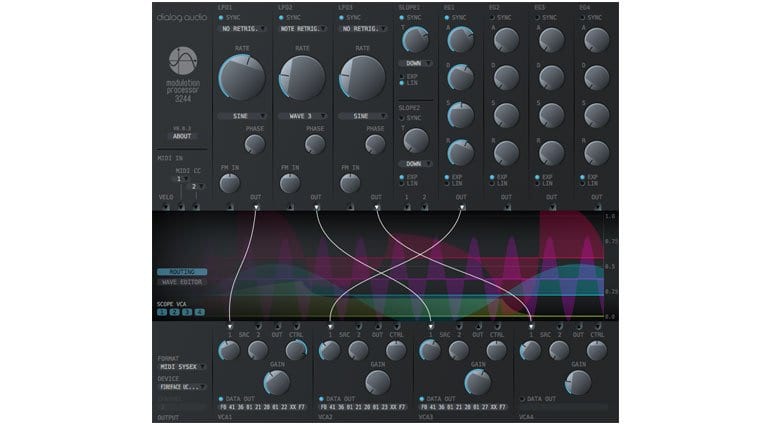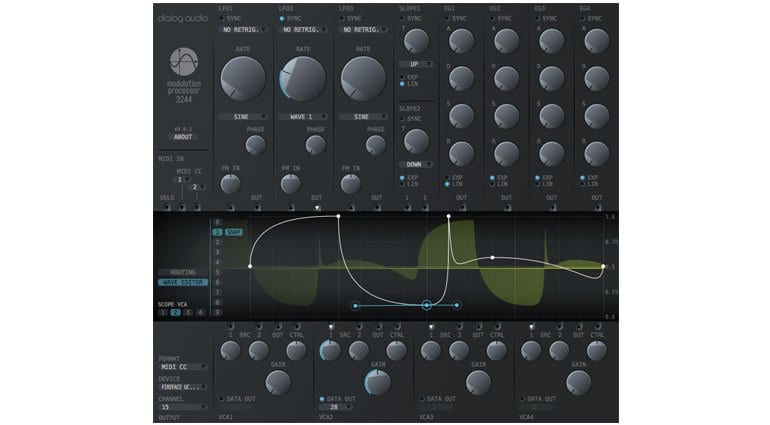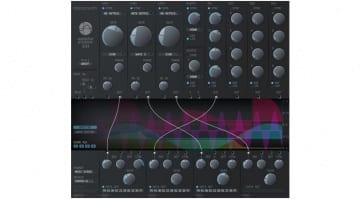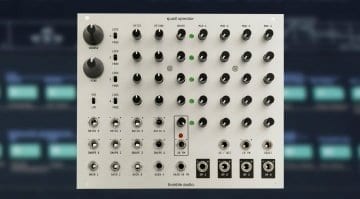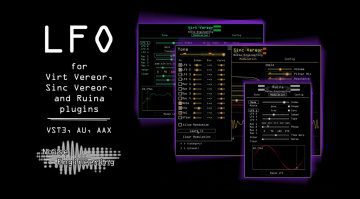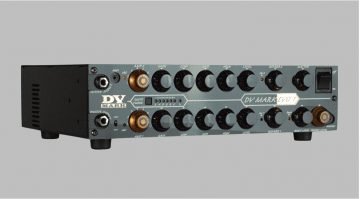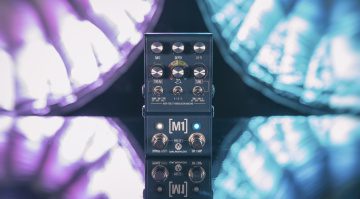Dialog Audio MP3244: Modulation made easy?
Modulate external hardware synths, analogue gear and software instruments via MIDI, SysEx or CV
Dialog Audio has released a quite unique modulation plug-in. The Modulation Processor 3244 is designed to synchronise and modulate external hardware synthesizers from within your DAW. It can utilise MIDI, SysEx and, with the right audio interface, CV to take control of parameters within your hardware synths. Let’s check it out.
Modulation Processor 3244
It sounds a bit like some technology from a 1970’s sci-fi movie. It’s a bunch of LFO’s, slope generators and envelopes that can be routed to control your synthesizers inside or outside the box. The idea arose from a desire to control the filter on a synth synchronised with the DAW playback.
This is already possible with regular MIDI. Propellerhead Reason, for instance, lets you set up an external instrument in their workstation rack and then use all the same MIDI processers as you would a software synth. Sending SysEx, on the other hand ,can be a bit more difficult unless there’s a software editor for your hardware synth. CV modulation can be achieved via products such as Reaktor Blocks or Softube Modular. So Dialog Audio haven’t invented something new. What’s awesome here is the ease with which it accomplishes it.
There’s a broader trend currently towards having more external synths. Modulation Processor 3244 lets you easily bring together software and hardware into the same control space within your DAW. That’s very interesting.
Modulating
Creating MIDI automation to send out to synths can be hard work. The beauty of the MP 3244 is not only in the GUI, which is fabulous, but also in the ease of operation. At the top you have your 3 LFO’s, 2 slopes and 4 envelopes. At the bottom you have the 4 possible VCA destinations (hence the “3244”). In between there’s this lovely graphical display of the modulation curves. Connect the output of each modulator to the VCA you wish to control and specify the CC or SysEx message in the “Data Out” field.
Using CV is slightly different. This requires you to have an audio interface that has “DC Coupled” outputs. If it doesn’t, and most don’t, then you run the risk of damaging your interface or your speakers. Check with the manufacturer of your interface first. If you are out of luck then you can still use a MIDI-to-CV converter to control analogue or modular gear. You need to select the format for each plug-in so you can’t use the same instance to control both MIDI and CV.
If you’re not impressed by the usual sine, square and triangular shapes of the LFO’s you can also draw in your own, making it very versatile indeed.
Software
This is all well and good if you have a Juno 106 sitting there or some other external sound-making machine. But what if you are all software based? You can use it internally to control any of your software instruments. It’s maybe not as groundbreaking in that regard but LFO’s can be extremely useful inside a DAW. Tracktion T7 has LFO’s you can use all over the place and it’s one of the stand-out features of that DAW. Worth checking out, I think.
Modulation Processor 3244 is available now for Windows and MacOS for $50. There’s a demo version to try so take 5 minutes out of your day and give it a go.
More information on the Dialog Audio website. This is their first plug-in and it’s an impressive and creative debut. I look forward to more cool plug-ins in the future.
You are currently viewing a placeholder content from YouTube. To access the actual content, click the button below. Please note that doing so will share data with third-party providers.

 4,5 / 5,0 |
4,5 / 5,0 | 